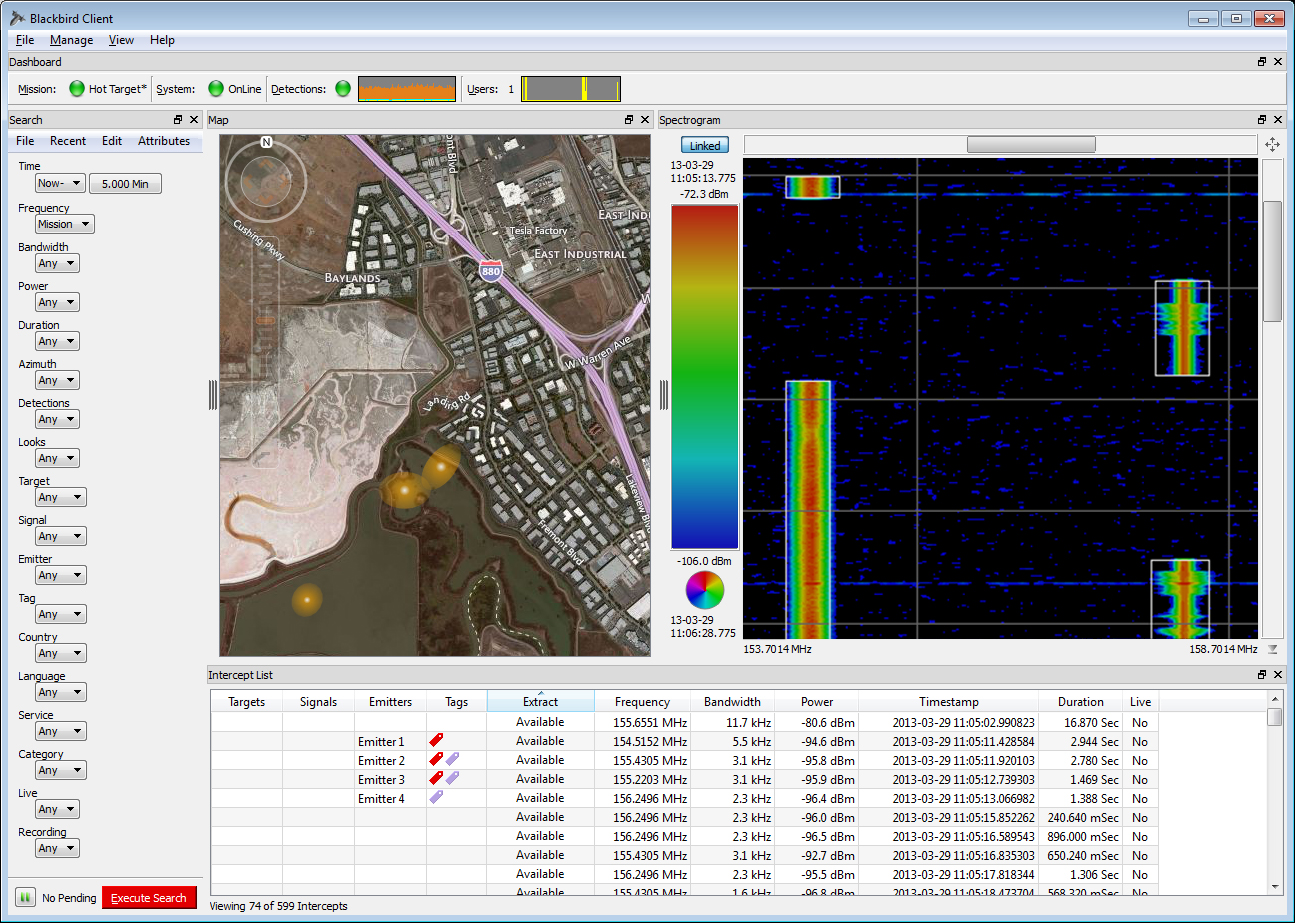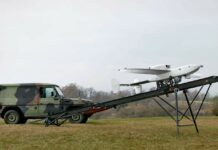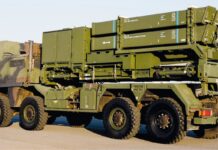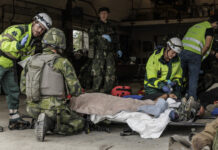European Security & Defence speaks with Misho Tkalcevic, Chief Technology Officer at TCI (part of SPX CommTech), on emerging AUS threats and the specialised Radio Frequency (RF) technologies keeping defence teams one step ahead.
Q: How are today’s defence teams engaging with UAS technology?
A: Unmanned aircraft systems (UAS) have advanced significantly and both specialist military-grade and commercial drones are playing critical roles in conflict in Europe and further afield. Importantly, these devices use the Radio Frequency (RF) spectrum to facilitate accurate and real-time situational intelligence gathering and communications across teams, improving strategic decision-making, interception of enemy data exchange, and the defeat of malicious UAS.
A more emerging development is the use of UAS in enabling network-centric warfare to become more data-centric. UAS are connected to a network of other communications and intelligence-gathering devices to paint an accurate picture of a situation from many vantage points, creating significant information advantage for dispersed defence teams. Teams with the most precise information from multiple sources will likely win and, to do so successfully, the information exchange must be instantaneous so that the best tactical and deployment decisions can be made.
Q: What challenges do commercial drones present on the battlefield?
A: Today, drones and UAVs are used on both sides of the conflict, from Ukraine to Israel and beyond. The weaponisation of commercial drones has been driven by their increased accessibility and subsequent lower cost, creating new challenges for security and the battlefield.
Firstly, amateur drones can have a disproportionate impact for their cost and size, potentially destroying military kit thousands of times more expensive. Secondly, detecting and defeating commercial drones can be a challenge. Traditional RF radars are effective at detecting large airborne threats, but hostile compact commercial drones, travelling at increased or decreased speeds, are much harder to detect and therefore defeat. The RF detect for commercial drones means these existing systems need to be re-calibrated. Another challenge lies in how defence organisations appropriately prioritise and respond to threats. Using high-cost military-grade UAS to respond to low-cost UAS threats, usually deployed in volume, often doesn’t make sense.

Q: What’s driving innovation in this space and what could the future hold?
A: Access to technology and the agility of commercial communications are driving improvements to communications intelligence (COMINT) and counter-UAS. As a result of commercial devices being introduced in modern battlefields, we will no doubt continue to witness an interesting pollination between commercial and military communications. Essentially, striking a balance between accessibility and the right technology will determine if there is a more disruptive solution that might change the defence landscape.
Q: How is SPX CommTech planning to identify and deliver the appropriate solution?
A: At SPX CommTech we’re learning on a daily basis by listening to the experience and needs of customers, partners and those on the battlefield. By combining decades of technology innovation and expertise with agile and collaborative teams, we’re focused on delivering sustainable and exceptional results to customers across the globe.

For instance, our Battlespace portfolio enables defence teams to safely detect, defeat and exploit RF signals to enhance COMINT and counter-UAS. BLACKTALON detects, tracks and defeats UAS engaged in hostile activity or surveillance by a nuisance drone enthusiast, insurgents, state actors or hostile militaries. Already deployed in Eastern Europe, BLACKTALON provides comprehensive situational awareness and mitigation as a standalone or networked capability, as a multi-layered counter-UAS, or as a component of a Ground Based Air Defence (GBAD) system. We also recently introduced an upgrade to our BLACKBIRD COMINT and drone detection and geolocation software.
Ultimately, our main goal is to innovate and deliver specialised technologies to defence teams for a smarter, more secure future for all.
For more information on SPX CommTech’s solutions visit www.tcibr.com.













